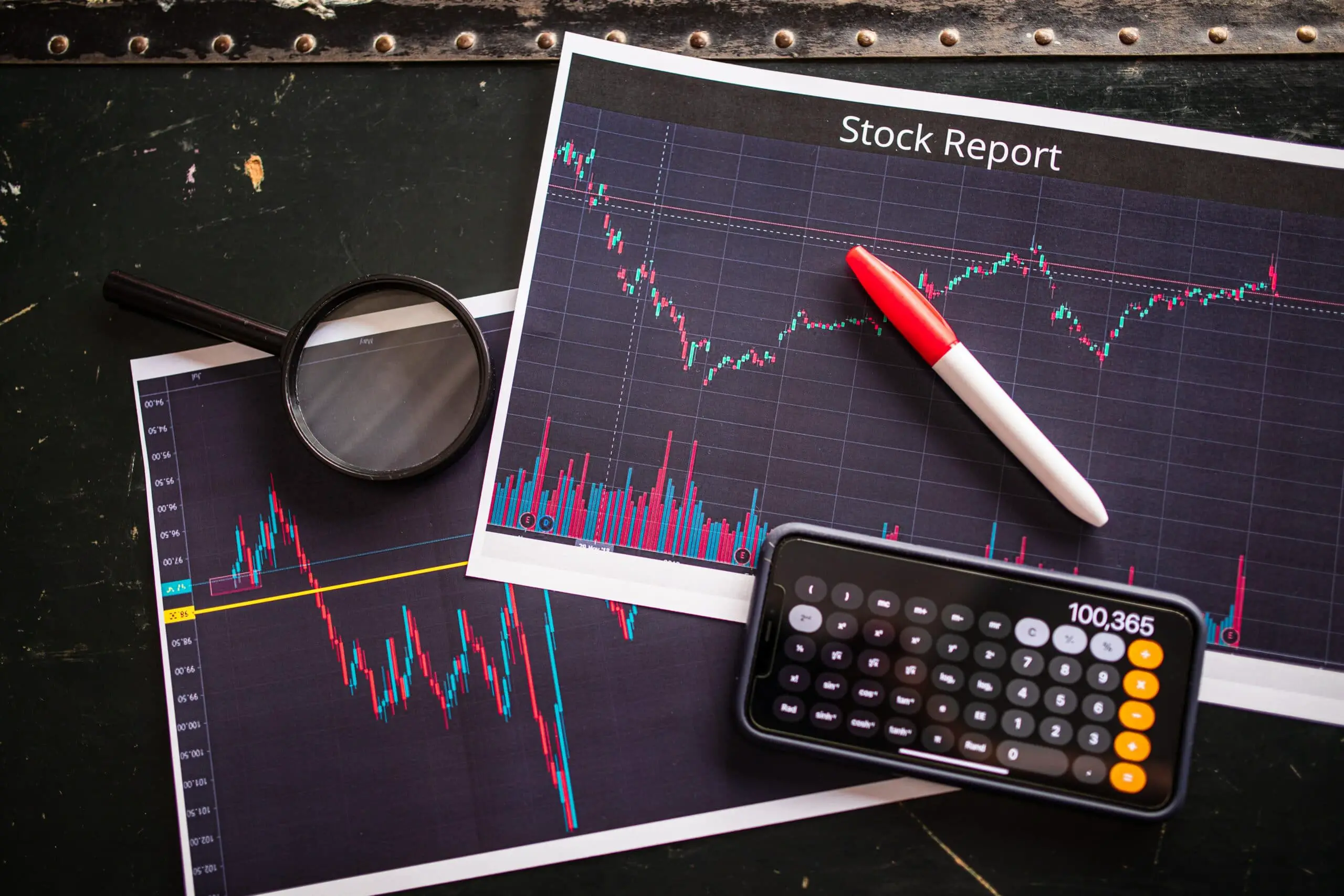If you're new to trading, you may have heard the terms closed position and open position. But what do they mean? And when should you close a position?
In this article, we will explain what a closed position is and what happens when you close one. We'll also discuss the difference between an open and closed position, and when it's best to close a trade. Stay tuned for more trading basics!
What is a closed position in stocks?
A closed position is simply a trade that has been completed. The settlement process is finished, and the position is no longer active. When you close a long position, it means that you have sold the shares you bought.
For example, let's say you bought 100 shares of XYZ stock at $50 per share. If you then sell those same 100 shares of XYZ stock at $60 per share, you have closed your position and made a profit of $100.
On the other hand, if you sold those 100 shares of XYZ stock at $40 per share, you would have closed your position at a loss.
What happens when you close a position?
When you close a position, the transaction is processed and settled. For example, if you closed a long position by selling 100 shares of XYZ stock, you would receive the proceeds from that sale in your account.
If you closed a short position by buying 100 shares of XYZ stock, you would have to pay for those shares. Once the position is closed, your account will be updated to reflect the new balance.
There are a few things to keep in mind when closing positions. First, you will have to pay any commissions or fees associated with the trade. Second, if you are closing a profitable position, you may have to pay taxes on your profits.
And finally, if you are closing a short position, you may have to pay what's called a short squeeze. This happens when the price of the stock goes up quickly and you have to buy the shares at a higher price than you sold them.
However, if the price of the stock goes down, you may be able to buy the shares at a lower price and close the position at a profit. This is because when you short a stock, you hope the price will go down so you can buy it back at a lower price.
Overall, what happens when you close a position is quite simple. You just need to make sure you are aware of any fees or taxes that may be due. This is important because it can help you factor in your profits or losses.
What does an open or closed position mean?
An open position is a trade that has not been closed. A closed position is a trade that has been completed and settled. It essentially just means that the position is no longer active.
When should you close a position?
You may want to close a position for several reasons. For example, you may want to take profits on a trade or cut your losses if the stock price is going against you. Another reason to close a position is if the stock price reaches your target price.
For example, if you bought 100 shares of XYZ stock at $50 per share with a target price of $60 per share, you would want to sell those shares once they reach your target price and take your profits.
Your account might automatically close a position if the stock price hits your stop-loss price. A stop-loss is a preset price at which you will sell a stock if it starts to decline, to limit your losses. If a company's fundamentals have changed and you are no longer confident in the stock, you may also want to close your position.
For example, if a company misses its earnings estimates, you may want to sell the stock. Finally, if the market dynamics have changed and you are no longer comfortable with the risk/reward of the trade, closing your position might be a wise decision.
An example of this is if there were clear signs of a recession or a market crash. There are many reasons to close a position, but it ultimately comes down to your personal circumstances and goals.
Is closing a position the same as selling?

Closing a position and selling are not the same thing. Selling is a transaction that results in the sale of shares. Closing a position is the process of settling that trade. To settle a trade, you must first sell the shares.
For example, let's say you bought 100 shares of XYZ stock at $50 per share and sold them at $60 per share. To close your position, you would have to sell those same 100 shares of XYZ stock. Once the transaction is processed and settled, your position would be closed. It does not always mean to sell because if you shorted the stock, you would have to buy it back to close your position.
Closed vs open position
An open position is a trade that has not been settled, while a closed position is a trade that has been completed and settled. You may want to close a position for several reasons, such as taking profits or cutting losses.
On the other hand, the reason for opening positions can vary. Some investors may buy a stock and hold it for years, while others may open and close positions multiple times a day. It all depends on your investment strategy.
If you have an open position, it means you have money invested in the market and your profit or loss will depend on how the market price changes. If you close a position, it means you are selling your investment and taking your money out of the market (long position).
If you close a short position, it means you are selling first and buying the investment back at a later time, hopefully at a lower price so you can pocket the difference. Your position will be closed when you buy it back.
When you close a position, your profit or loss is realized. This means that if the market price moves in your favor, you will make a profit. If the market price moves against you, then you will incur a loss.
Conclusion
If you're new to trading, it's important to understand the difference between an open and closed position. With this knowledge, you can make informed decisions about when to enter and exit trades.
To close out a trade, you simply need to take the opposite action of your original trade. If you are unsure how to close a position, it's important to speak to your broker. They will be able to provide guidance and support.

